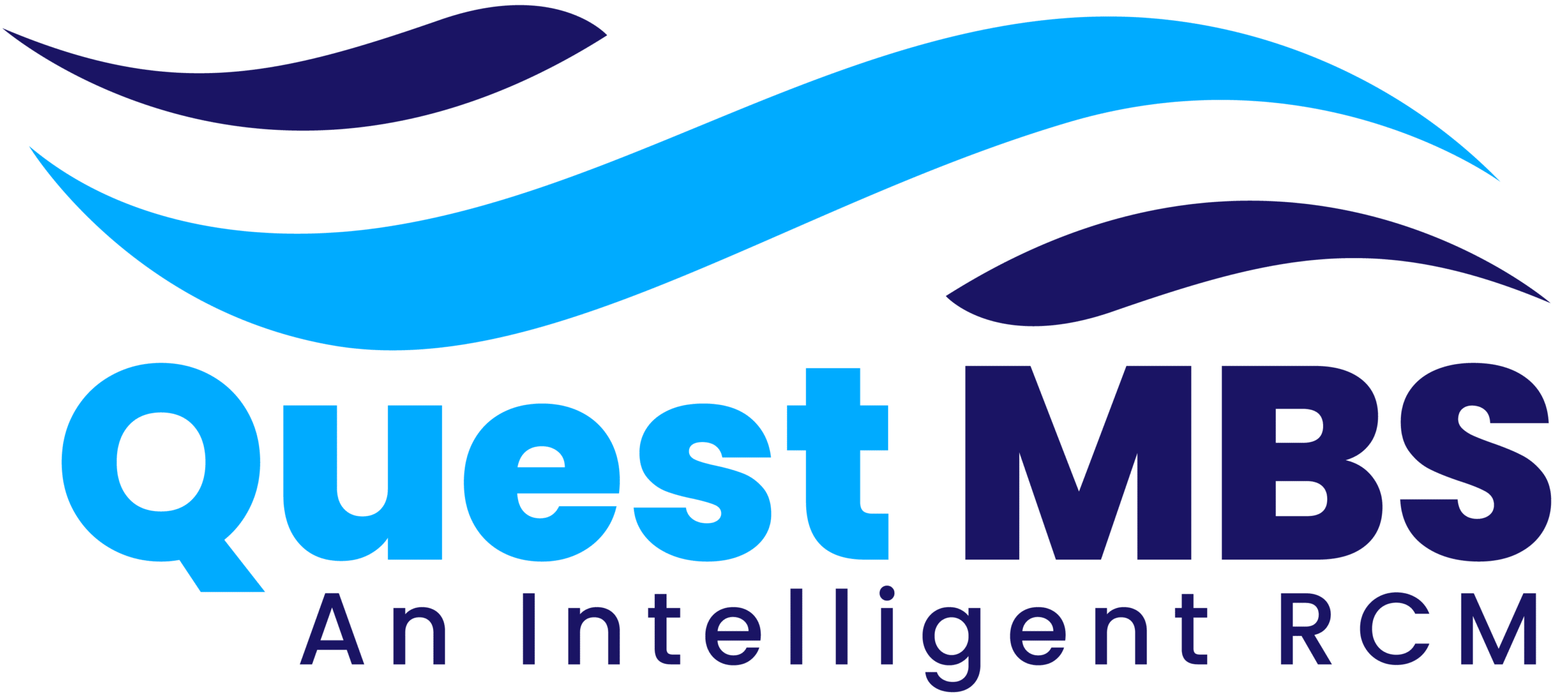Introduction
In the world of medical billing, accuracy is everything. Healthcare providers rely on timely and correct reimbursement from insurance companies, but claim denials and rejections can disrupt cash flow and create administrative headaches. One of the most effective ways to reduce these issues is through claim scrubbing.
Claim scrubbing is the process of reviewing medical claims before submission to insurance companies, ensuring they are free of errors, omissions, or inaccuracies. This process helps healthcare providers reduce denials, speed up reimbursements, and maintain a steady revenue cycle.
In this article, we will explore what claim scrubbing is, how it works, why it is essential, and how providers can improve their claim scrubbing process for better financial outcomes.
What Is Claim Scrubbing?
Claim scrubbing is the process of checking medical claims for errors before they are submitted to insurance payers. It involves verifying patient information, medical codes, modifiers, insurance details, and documentation accuracy to prevent claim denials and rejections.
Key Elements of Claim Scrubbing
- Patient Information Accuracy – Ensuring correct spelling, date of birth, and insurance details.
- Medical Coding Accuracy – Checking ICD-10, CPT, and HCPCS codes for correctness.
- Modifier Validation – Ensuring appropriate use of modifiers to specify service details.
- Insurance Eligibility Verification – Confirming that the patient’s insurance covers the billed service.
- Compliance with Payer Rules – Adhering to specific insurance policies and government regulations.
By correcting errors before submission, claim scrubbing minimizes denials and speeds up the payment process.
Why Claim Scrubbing Matters
Claim scrubbing is essential for revenue cycle management (RCM) and helps healthcare providers maintain financial stability. Without proper claim scrubbing, practices may experience high denial rates, delayed reimbursements, and administrative burdens.
1. Reduces Claim Denials and Rejections
Insurance companies reject claims for a variety of reasons, including:
- Incorrect or missing patient information
- Invalid medical codes
- Incorrect modifiers
- Lack of pre-authorization
Claim scrubbing helps identify these errors before submission, reducing denials and increasing the likelihood of first-pass approval.
2. Speeds Up Reimbursements
Clean claims get processed faster. When errors are caught and corrected before submission, insurance companies can approve claims without delays. This means:
- Quicker payments to healthcare providers
- Improved cash flow for medical practices
- Less time spent on reworking denied claims
3. Ensures Compliance with Regulations
Medical billing must comply with strict guidelines such as:
- HIPAA (Health Insurance Portability and Accountability Act) – Protects patient data privacy.
- CMS (Centers for Medicare & Medicaid Services) Rules – Ensures proper Medicare and Medicaid billing.
- OIG (Office of Inspector General) Regulations – Prevents fraudulent billing.
Claim scrubbing helps providers stay compliant with these regulations, reducing the risk of legal penalties.
4. Reduces Administrative Workload
Denied claims require additional time and effort to fix and resubmit. By eliminating errors upfront, claim scrubbing:
- Saves time for billing staff
- Reduces administrative burdens
- Allows healthcare providers to focus more on patient care
5. Improves Patient Satisfaction
Billing errors can cause frustration for patients, especially if they receive unexpected bills due to insurance denials. With clean claims, patients experience:
- Fewer billing disputes
- Clearer insurance coverage explanations
- Better overall satisfaction with their healthcare provider
How Does Claim Scrubbing Work?
Claim scrubbing can be performed manually or through automated software. Below is a step-by-step breakdown of how this process works:
Step 1: Data Entry and Verification
The claim process starts with collecting patient details, medical services provided, and associated diagnosis and procedure codes. Ensuring accuracy at this stage prevents many errors.
Step 2: Coding Review
Medical coders check ICD-10, CPT, and HCPCS codes for accuracy. This step ensures that the codes correctly represent the procedures and diagnoses.
Step 3: Modifier and Documentation Check
Claim scrubbers verify that the correct modifiers are applied and that all required documentation (such as referrals or pre-authorizations) is included.
Step 4: Insurance Policy Validation
The claim is cross-checked against payer-specific rules to confirm that the services are covered and that prior authorization was obtained if required.
Step 5: Compliance Check
The claim is reviewed for compliance with Medicare, Medicaid, HIPAA, and insurance company regulations.
Step 6: Error Detection and Correction
If any issues are found, the claim is flagged for correction. The errors are fixed before submission to prevent denials and delays.
Step 7: Claim Submission
Once verified, the clean claim is submitted to the insurance company for processing and payment.
Manual vs. Automated Claim Scrubbing
There are two main approaches to claim scrubbing:
1. Manual Claim Scrubbing
- Involves human review of claims before submission.
- Can be time-consuming and prone to human error.
- Requires skilled billing professionals with deep coding knowledge.
2. Automated Claim Scrubbing
- Uses billing software with built-in error detection algorithms.
- Cross-checks claims against payer databases for accuracy.
- Reduces manual workload and speeds up the billing process.
Best Practice: Many healthcare providers use a hybrid approach—automated claim scrubbing for efficiency and manual review for complex cases.
How to Improve Claim Scrubbing in Your Practice
To maximize the effectiveness of claim scrubbing, healthcare providers can take the following steps:
1. Invest in Advanced Claim Scrubbing Software
Modern medical billing systems use AI-powered tools to automatically detect errors and suggest corrections. These tools improve accuracy and speed up claim processing.
2. Train Staff on Medical Billing Best Practices
Billing staff and medical coders should be well-trained in:
✅ ICD-10 and CPT coding
✅ Insurance payer rules
✅ Compliance regulations
Regular training reduces human errors and improves claim acceptance rates.
3. Conduct Regular Audits and Quality Checks
Perform internal audits to identify common errors and areas for improvement. Regular quality checks ensure that claims meet industry standards.
4. Verify Insurance Eligibility Before Services Are Provided
Checking insurance details before treatment prevents claim denials due to coverage issues. This step should be part of the patient intake process.
5. Work with a Medical Billing Service
Outsourcing to a professional medical billing company ensures claims are scrubbed by experts, reducing errors and increasing revenue.
Conclusion
Claim scrubbing plays a vital role in ensuring accurate medical billing, reducing claim denials, and improving financial outcomes for healthcare providers. By detecting and correcting errors before submission, providers can:
✅ Receive faster reimbursements
✅ Reduce administrative workload
✅ Ensure compliance with billing regulations
✅ Enhance patient satisfaction
Whether performed manually or through automated claim scrubbing software, this process is essential for optimizing revenue cycle management (RCM). Investing in proper claim scrubbing tools and best practices can lead to higher claim acceptance rates and improved financial stability for healthcare organizations.
By making claim scrubbing a top priority, providers can ensure a seamless billing process, fewer denied claims, and greater efficiency in their medical practice.







